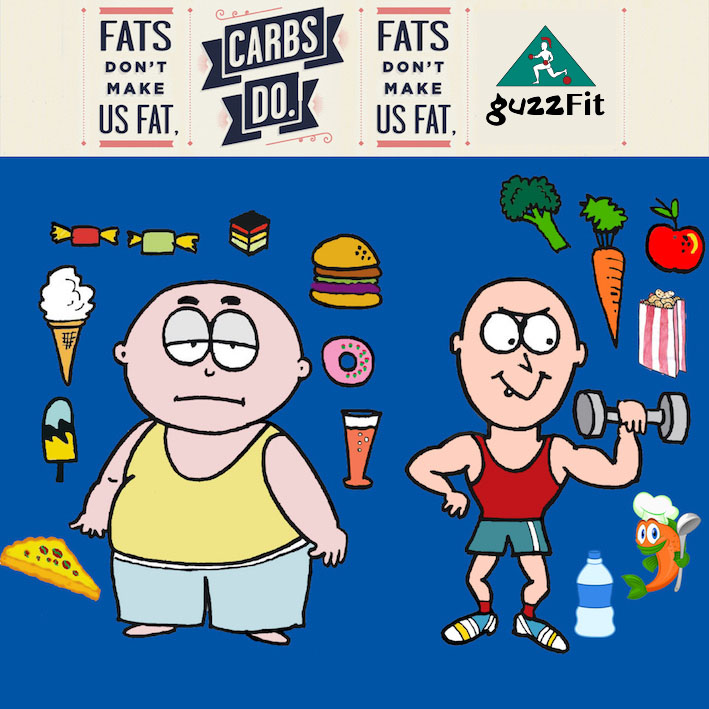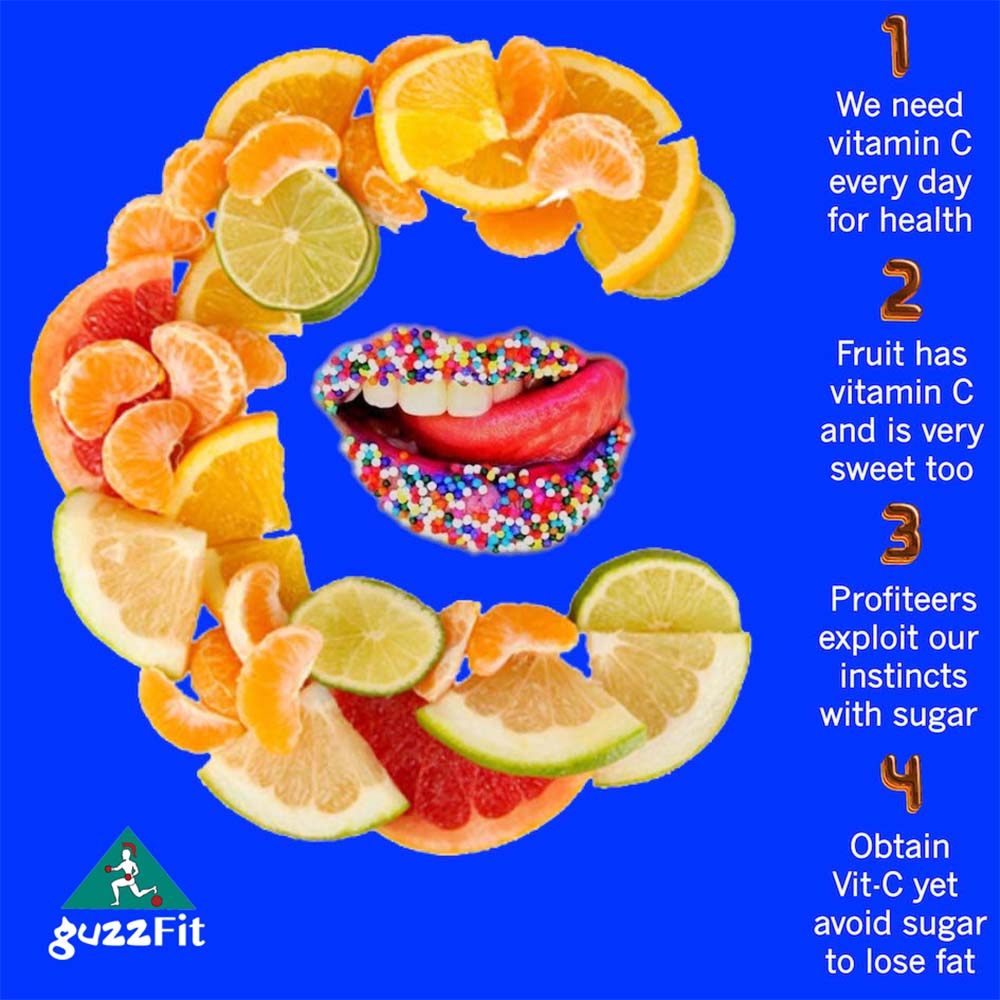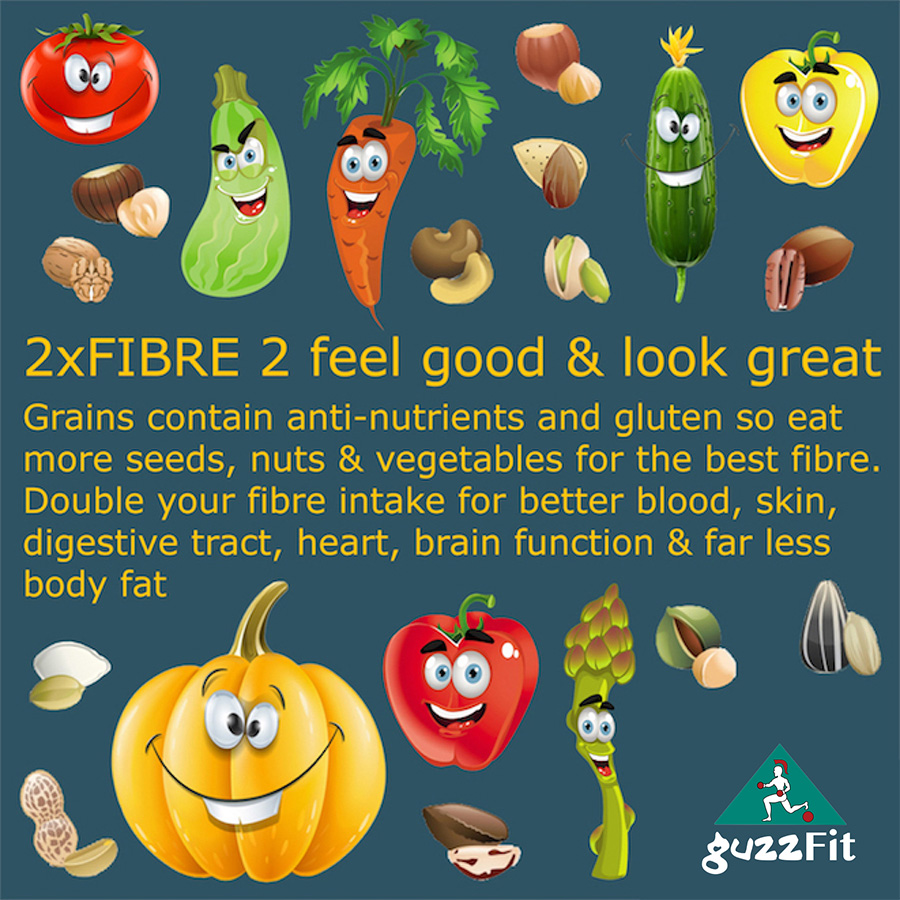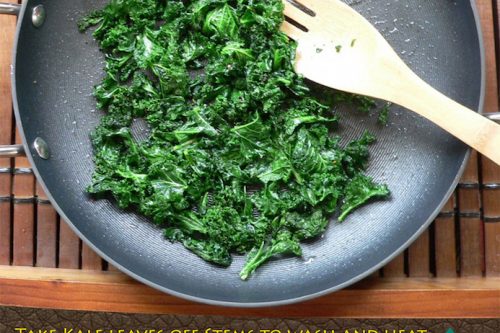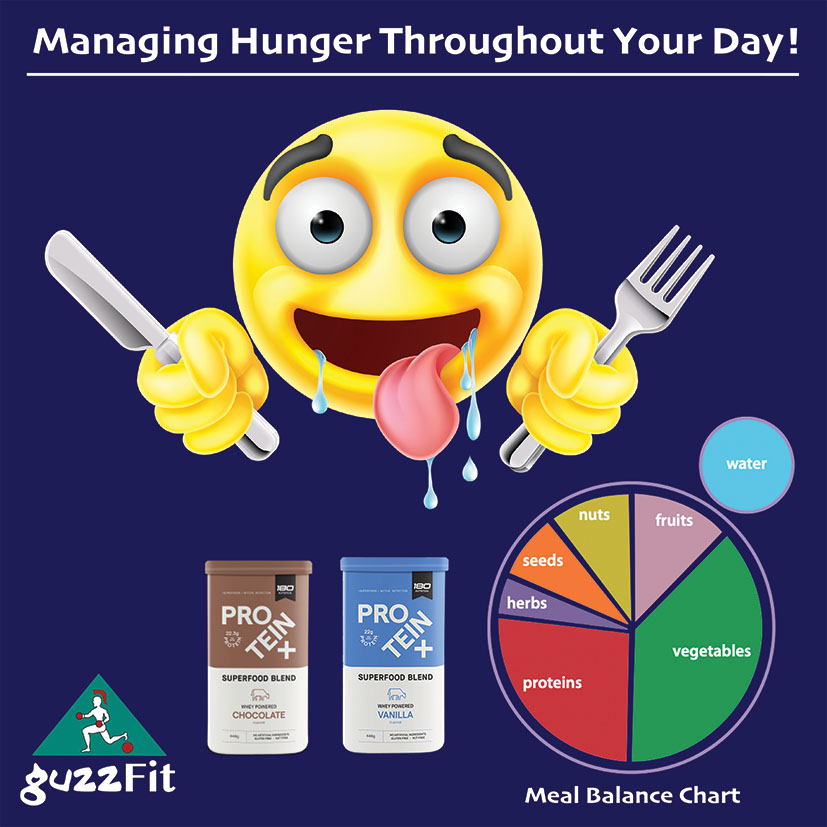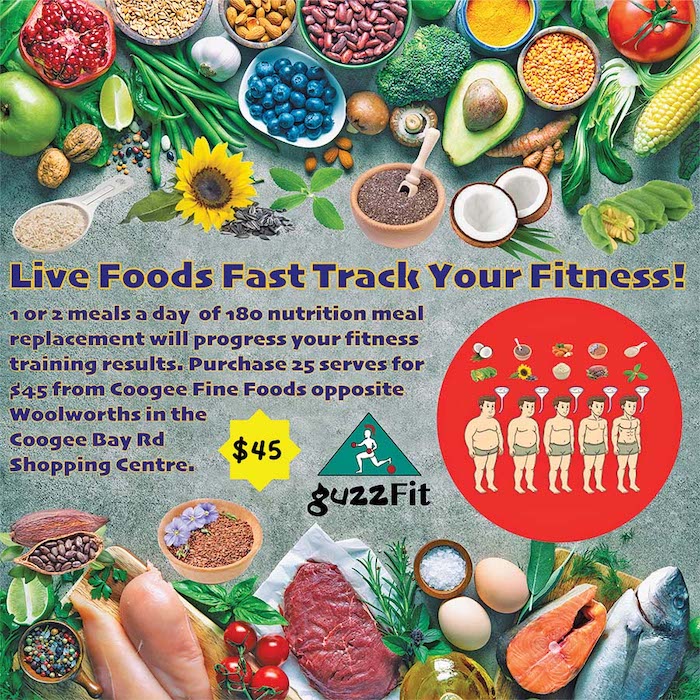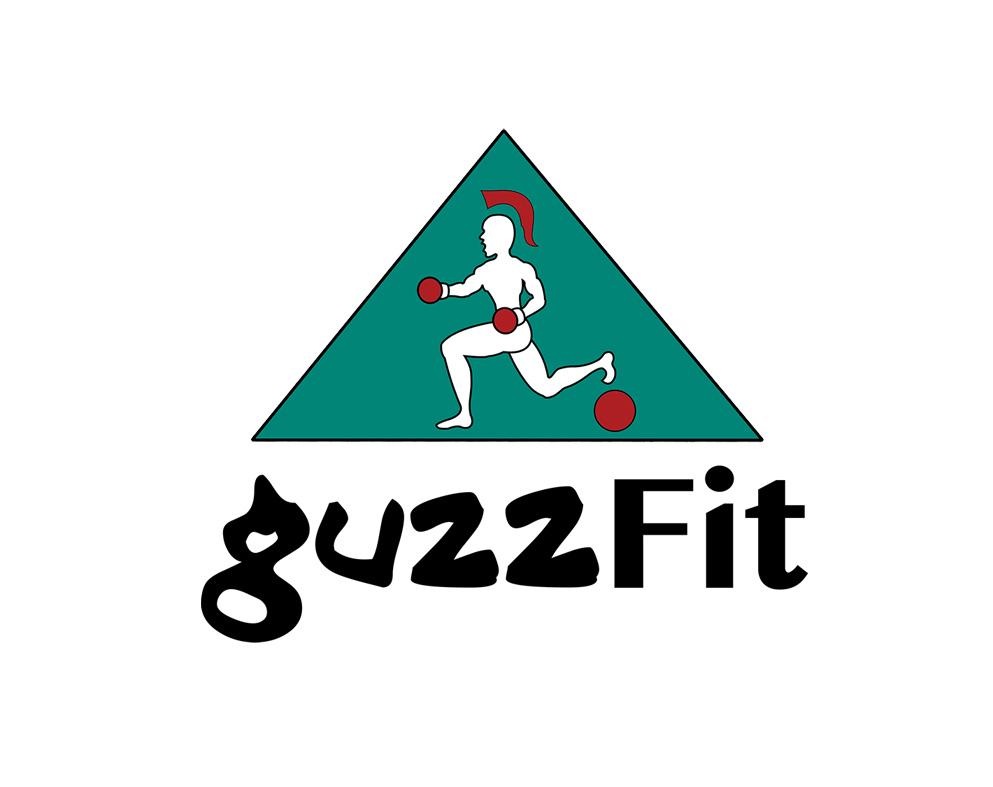Guaranteed Results In 8wks
Or Your Money Back
60min “FREE” Trial
Fitness Session!
A Balanced Meal
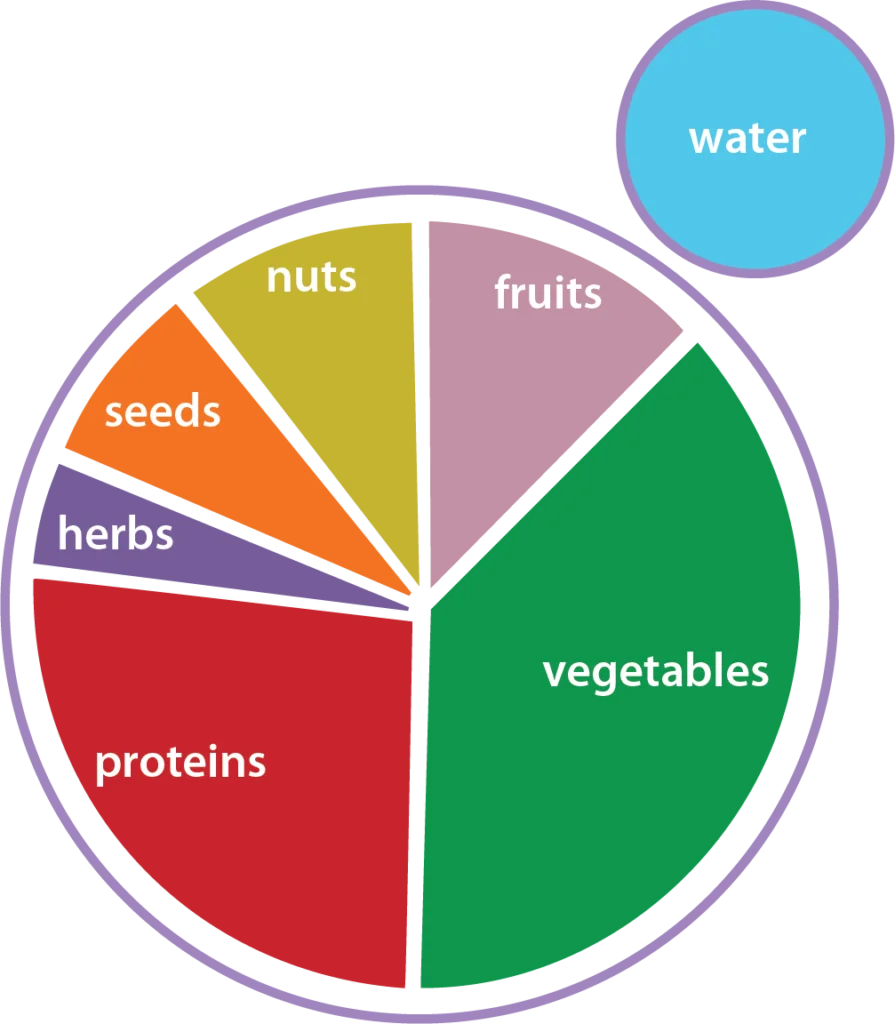
guzzFit Nutrition Guide, Food and Meal Plan
Shaping and sculpting your body is “JUST” as much about reducing the amount you “EAT” as it is about consuming better food types and ingredients within each balanced meal!
Food types and ingredients sourced from nature also referred to as:
“Close to the Vine or Animal”
- Contain a higher quality nutrient spectrums,
- Require more time and energy to metabolism,
They compliment, add value and potency to fitness regimes designed to:
- Reduce body fat percentage,
- Raise metabolic rate,
- Increase lean muscle mass,
- Achieve strength gains,
- Manage hunger or reach satiety,
- Improve digestive tract health,
- Enhance wellbeing and
- Progress fitness training intensity,
guzzFit provides nutritional guidance, eating plans and food diary formats so goals like those listed above or even individually specific goals can be achieved in your fitness training regime at the fastest possible rate!
Option A: Download Your Free Weekly Food Diary!
Option B: Join a WhatsApp Group With Us To Share Meal Pics!
Although there are times and event preparations that require:
- Increased calorie intake
- Raising body fat % and
- Gaining kilograms of body weight
The majority of us generally benefit from:
- Reducing calorie intake
- Shedding body fat % and
- Lowering kilograms of body weight!
Having said that, the guzzFit “EAT” page is oriented predominantly towards:
- Shredding
- Muscle definition
- Toning and
- Feeling energised
In the image below;
guzzFit Matt is pictured at 99kg along with a description of his recent experience and the process of dropping 23kg of body weight to 76kg!

At 99kg guzzFit Matt suffered Lower Back, Knee, Hip and Foot Pains. He felt old and was told he looked overweight by those close to him!
As motives grew he managed to drop 23kg down to 76 kg with a skin fold measurement under 10% body fat;
- He looks better
- Feels optimised
- Gains strength
- Thinks faster
- Has more energy and
- Zest for life
Boxing sparring partners told him “you’re more coordinated and box better” the 23kgs of fat around his organs and waistline had obviously hindered him greatly, he still finds it intriguing that at 76kg he can box better than he could at 99kg regardless of the body weight of sparring partners in the Super-Heavyweight category up around 110kg down to those in his new weight category between Middleweight under 75kg and Light Heavyweight under 81kg.
He’s very grateful for the change, below is a detailed description of the Intermittent fasting process he believes was most significant in facilitating the body fat reduction!
The Intermittent Fasting Format Used by guzzFit Matt
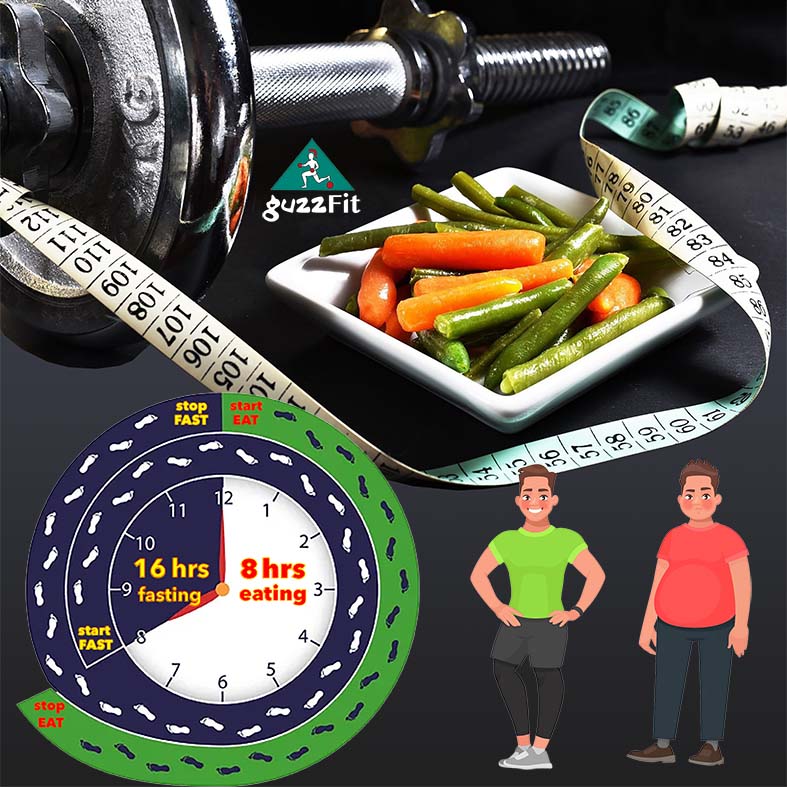
The clock above has a 16hr time slot and an 8hr time slot!
- This’ commonly referred to as the 16:8 Intermittent Fasting method!
- It’s not essential to adhere to an “Intermittent Fasting Discipline” if you do, simply identify a 16hr block of time you can fast for and then consume food in the remaining 8hrs over the course of each 24hrs day.
- We actually prefer the identified time frame because the majority of it is sleep, therefore we “FAST” from 8pm in the evening until 12pm the following day!
- Remember to remain hydrated throughout a “FAST” with low GI drinks!
Ways to Control your Hunger
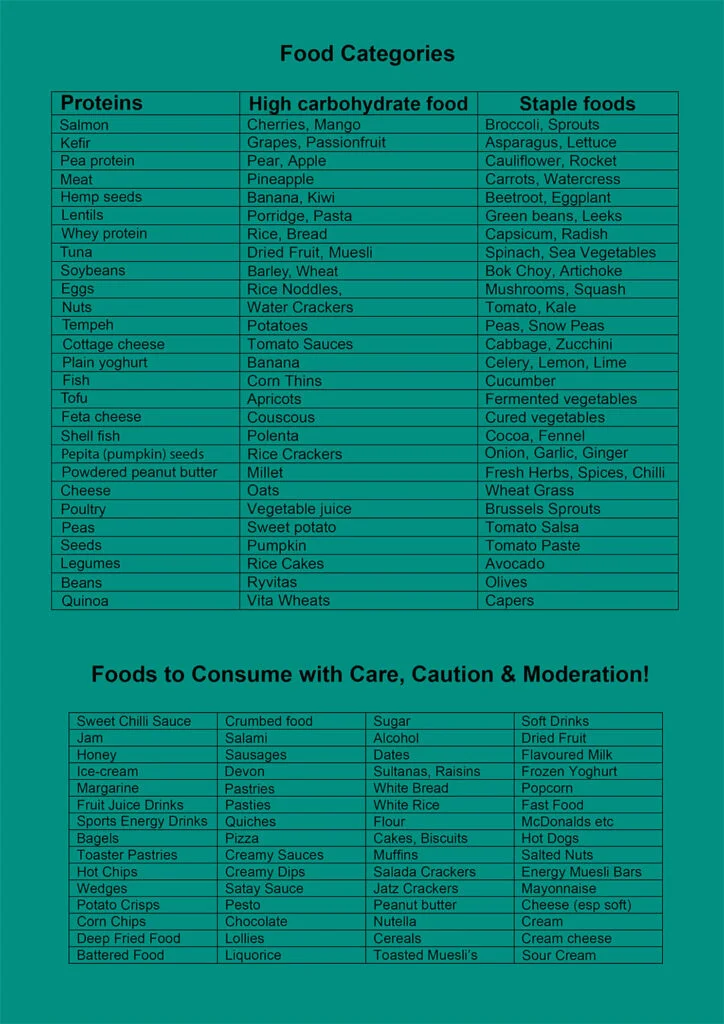
Establish meal size is by using sections of your own hand to gauge volume, quantity and amounts.
We refer to a guzzFit balanced meal as containing 4 portions where 1 portion is an amount the size of your four fingers and 3 portions is an amount the size of your clenched fist.
To assist you in creating a meal plan to achieve your fitness goals it’s best that you read the bullet points below:
- A balanced meal will provide sustenance for at “Least” 3 hours!
- Always achieve a gap of at least 3 hours between each balanced meal consumed and certainly more if you’re doing intermittent fasting then record it in the guzzFit food diary (option A) or take a photo (option B) to submit to us for 2-3 weeks,
- Plan your meals in advance and journal them,
- Carry an ingredients list with you when shopping so you get all the items required,
- Feel free to have a guilt free day once a week (eating what you want within reason) to help avoid food cravings for the next 6 days of discipline!
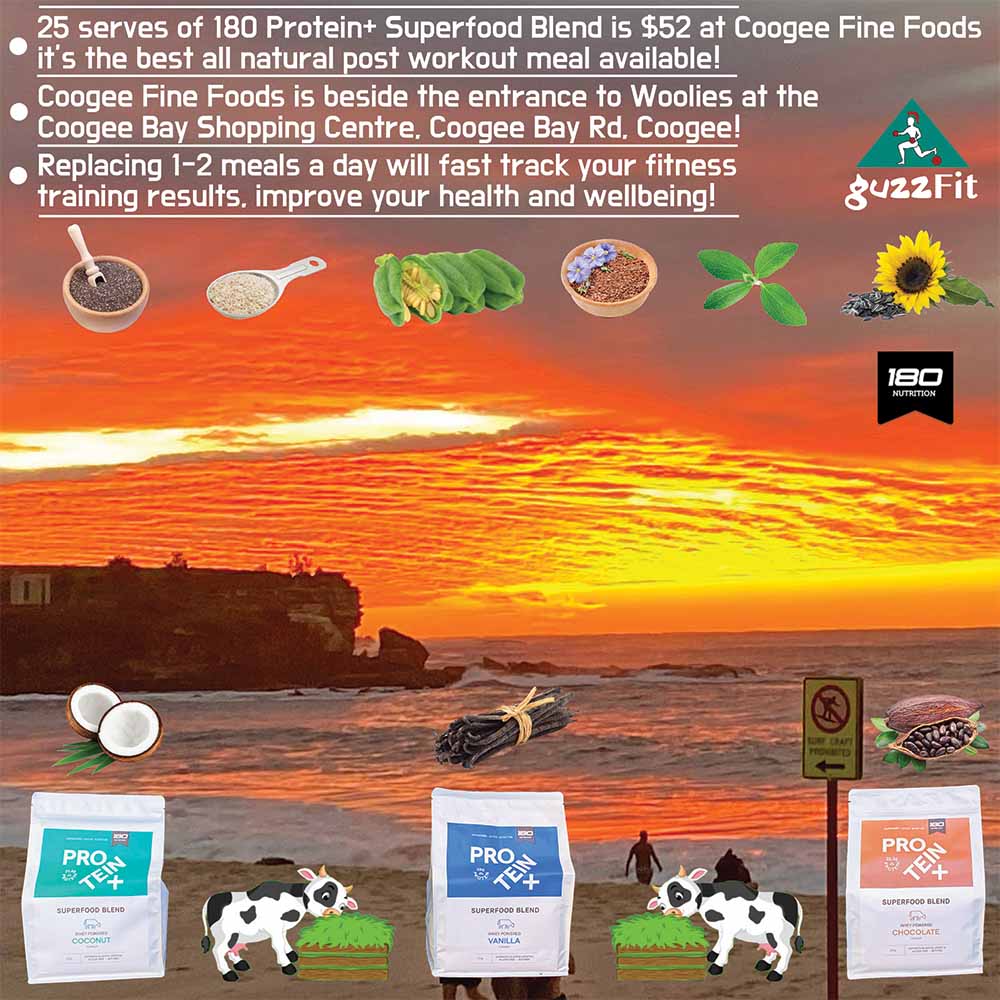
180 Superfood Protein+ Blend
180 Protein+ Superfood Blend contains 9 natural ingredients that together we consider forms a viable meal replacement alternative and the best post workout meal we’ve ever come across!
Including 180 Protein+ Superfood Blend as a meal replacement into your guzzFit food diary will achieve a high food diary score for 1 or 2 meals or snacks per day.
We supplement our diets with 180 Superfood Protein+ Blend daily.
Each packet of 180 Superfood contains 25 serves that you can simply mix in a glass of water or include in meals like those pictured running down the righthand side of your screen on PC and towards the bottom of the page on a mobile device.
You can purchase 25 serves of 180 Superfood for $52 from “Coogee Fine Foods” opposite Woolworths inside the Coogee Bay Shopping Centre on Coogee Bay Rd Coogee NSW 2034.
Replace as many as 2 meals or snacks a day with 180 Superfood Protein+ Blend to improve your food diary score, your health and your wellbeing!
Cottage or ricotta cheese with a thin layer of natural honey and a portion of fruit sprinkled with your choice of seeds eg; pepitas, sunflower, chia, flaxseed or sesame.
An egg omelette with your choice of vegetables; spinach, mushrooms, tomato, onion. Include a pinch of herb salt and some feta cheese. Add salmon or ham.
Smoothie: 180nutrition Super Food, water plus a dash of milk, some natural yoghurt, a portion of fruit (low GI fruit eg; Raspberries or Strawberries), optional; 1 tablespoon LSA powder (Linseeds, sunflower seeds, almonds), then blend together.
Seeded sourdough bread that’s been fermented for 32hrs (heavily seeded breads have better P:C:F ratios), sautéed mushrooms (soaked in warm water with ½ teaspoon butter), steamed spinach and 2 slices of tomato, 2 eggs scrambled with a pinch of Himalayan pink rock salt and some mixed herbs.
One slice of sourdough toast, smoked salmon, avocado, dill cucumber and feta cheese,
Fish fried in coconut oil or butter sprinkled with herbs, squeezed lime or lemon juice poured over,
Two eggs poached, chopped parsley and a bit of ricotta cheese, a slice of sourdough toast, with avocado and or butter and sliced raw tomato,
Poached eggs with salmon, sliced raw tomato and some cottage cheese on a slice of toast, cracked pepper to flavour,
Soak almonds in water for 12-24hrs then mix with 2 prunes, grated apple and natural yoghurt,
Kefir provides good bacteria to your stomach for better gut health
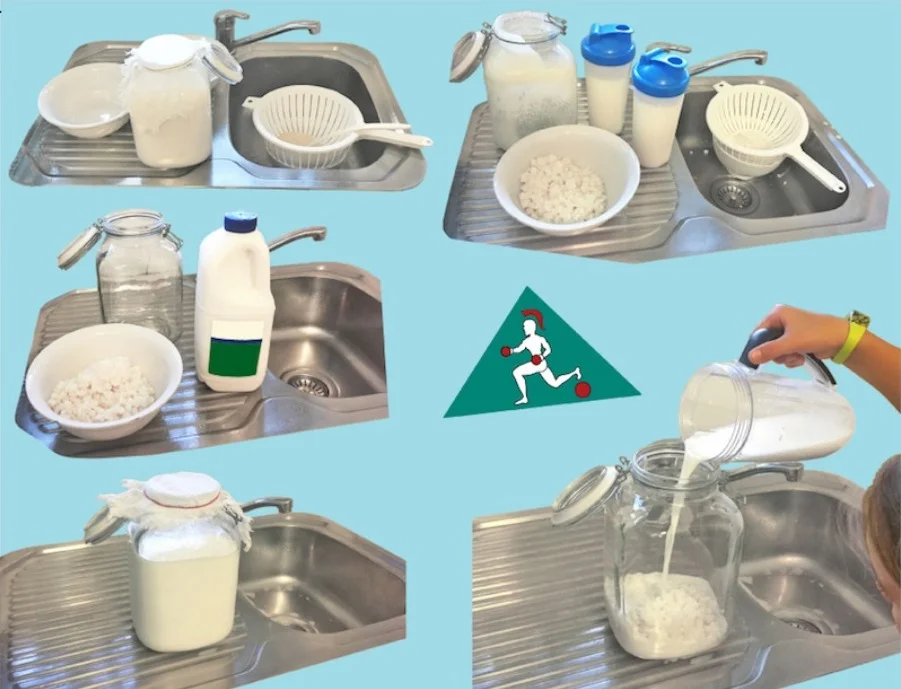
Often food consumed in the modern diet destroys good bacteria in our stomach replacing it with bad bacteria,
- Poor stomach health affects your ability to perform fitness training at a high intensity,
- When out-of-sorts a couple of large glasses of Kefir can change your disposition,
- Kefir is high in nutrients and probiotics, it’s very beneficial for digestion and gut health,
- Shaping and sculpting your body isn’t about reducing the amount that you “EAT” It’s about consuming better foods that contain higher quality ingredients to fire up your metabolism and allow you to complete your fitness regime with more ease!
A medium sized freshly squeezed vegetable juice e.g. beetroot, carrot, celery, ginger and a little pineapple for flavour along with a small tin of tuna, ham, chicken or turkey breast,
A protein bar (2:1 protein : carb ratio) and a piece of fresh fruit eaten along with some seeds of your choice (eg; pepitas, sunflower, chia, flaxseed, sesame)
Fruit smoothie, best to blend just prior to drinking or eat the fruit after drinking 180 protein mixed with water to maintains fruit integrity i.e avoid loss of nutrients value contact with surrounding air,
Blend a serve of 180 natural protein Super Food with water, a dash of milk and a portion of fruit,
Cottage or ricotta cheese with some vegetable sticks and a few rice crackers,
Boiled eggs, a handful of nuts & a portion of carrots and celery slices,
Two Ryvitas spread with a some avocado topped with smoked salmon/roasted chicken breast/turkey breast or tuna, ricotta cheese, rocket lettuce & tomato,
A Sushi roll (black rice best) with fish or meat with vegetables inside.
Natural yoghurt (not fat free as they tend to have more sugar or artificial sweeteners), with LSA (2 tablespoons), or a handful of nuts and some strawberries/diced or other type of low sugar fruit.
Lentil and low GI vegetable soup (can also include meat),
Your choice of meat or fish with salad,
Salad (garden, tabouli, rocket lettuce etc), cold meat / tuna / salmon / tofu, balsamic vinegar dressing and a table spoon of olive oil,
Two Sushi roll (black rice best) with fish or meat with vegetables inside.
Bolognaise / marinara tomato based sauce (no pasta), herbs and salad,
Soup, small bowl (mixed vegetable and chicken or fish soup)
Leftovers from dinner (1 portion of protein + 3 portions of vegetables),
BBQ chicken breast (1 portion) with a 1-2 tablespoons of hummus,
One medium sized vegetable juice e.g. beetroot, carrot, celery, ginger + a little pineapple for flavour, handful of seeds eg; pepitas, sunflower, chia, flaxseed, sesame,
Tuna, fetta cheese and fresh garden salad.
- Mix a serve of 180nutrition Super Food with ricotta cheese (amazing texture and flavour),
- Any of the Meal 2 – Snack choices.
- Meat and green vegetables are always a great approach to a dinner plan,
- Grilled, roasted or BBQ meat with steamed vegetables or salad,
- Fish and salad or vegetables,
- Broad bean and vegetable soup,
- Any recipe with a break down of Protein:Carb:Fat – 33%:33%:33%
- A handful of nuts and seeds with some natural yoghurt, cottage cheese or ricotta cheese and a small piece of fruit,
- 180 Super Food mixed in a glass of water,
- Blend 180nutrition with water, natural yoghurt, some berries and perhaps a dash of milk,
- Boiled egg and a bit of salad,
- One protein bar (2:1 protein : carb ratio) Nutriway bars are ok for example, together with some celery, carrot or similar type of crunchy vegetable.
- Seek out foods high in good fats especially those containing Omega 3’s
- Drink plenty of water everyday, hydration is very important
When 1 portion of a BROAD SPECTRUM OF AMINO ACIDS are eaten with 3 portions of PLANT MATTER you’re eating a balanced meal.
- 1 portion of PROTEIN can be described as a serve of a BROAD SPECTRUM OF AMINO ACIDS and although the full spectrum is only fully available in forms of animal produce; meat, seafood, whey, cottage cheese, yoghurt, etc, there are plant based sources of amino acids, these and all the others are categorised together under the heading “PROTEINS” on the Green Chart at the top of this page.
- 3 portions of PLANT MATTER; vegetables, herbs, spices, extracts, seeds, fats, oils, nuts, nut butters, fruit, etc are the other essential components of a balanced meal, many examples of these are categorised and listed under the headings “STAPLE FOODS” and “HIGH CARBOHYDRATE FOODS” on the Green Chart at the top of this page as well.
Coconut oil
- Contains a unique combination of fatty acids with powerful medicinal properties,
- 15-30 grams of coconut oil per day will increase your energy usage 5% which is about 120 calories,
- The lauric acid in coconut oil can kill bacteria, viruses and fungi, helping you to prevent infections,
- The way the fatty acids in it are metabolised provides an appetite reducing effect.
Fats
Fats both in your food and in your body are simply storage units composed of fatty acids. A fat is distinguished by the specific combination of fatty acids making it up.
Fatty acids have three basic purposes in your body:
- Providing energy,
- Providing the building blocks for cell membranes,
- Acting as raw materials that can be converted to other substances that perform special duties in your body such as hormones.
Fat is a very important macronutrient, so it is very important to include an amount in each meal. Without fat, you can’t actually metabolise fat so it makes it very hard to lose weight.
You also need fats for the absorption of fat-soluble vitamins, such as A, E, D and K. The best sources of fat are the mono/poly unsaturated fats and the omega’s 3, 6 and 9 essential fatty acids.
It is best to moderate foods high in saturated fat (some meats, fried food etc). The fats that can be consumed in sensible amounts are;
- Coconut Oil, Butter, Olive oil and any cold-pressed oil (sunflower, safflower, sesame, flaxseed/linseed),
- Olives,
- Avocado,
- Hummus and tahini,
- Nuts, seeds or nut spreads (almond, chestnuts) and L.S.A,
- Oily fish and seafood (grilled, BBQ’d, baked or pan fried using an olive oil spray),
- Lean meats,
- Fermented milk products (goats or sheep milk have better numbers than cows) (fetta, cottage cheese, ricotta cheese, yoghurts…).
Most people are consuming too many polyunsaturated fats (PUFAs). Both omega-3 and omega-6 fats are PUFAs and they’re both essential to your health, but when omega-6 is consumed in excess, it become problematic.
If consumed in the wrong ratios, they tend to stimulate inflammatory processes in your body, rather than inhibit them.
You do need some inflammation within your body to protect yourself from infections and trauma, the PUFAs help you mount these defences. However, too many PUFAs contribute to chronic inflammation, which causes all sorts of problems over the long-term. Inflammation is at the source of just about every chronic disease we see today.
The correct balance of fatty acids is essential if you want to be the healthiest you can be. Most people consume far too many omega-6 fats compared to omega-3 fats.
The ideal ratio of omega-3 to omega-6 fats is 1:1
Sauces, Condiments, Spreads
You can use these additions to add to your food to give it flavour. But still use them in moderation. Try as much as possible, to rely on the natural flavours of the food itself;
- Butter,
- Salt reduced soy sauce,
- Oyster sauce,
- Teriyaki sauce,
- Miso soup/paste,
- Hummus,
- Fish sauce,
- Mirin,
- Vinegar,
- Tomato salsa,
- Tomato sauce (low sugar varieties),
- Tomato pasta sauces,
- Tomato paste,
- Stock,
- Mayonnaise,
- 30+ Manuka honey (1 teaspoon daily),
- Natural jams (100% fruit spreads – St Dalfour/Charles Jacquin),
- Vegemite/marmite,
- Mustard,
- Tabasco sauce,
- Tomato relish,
- Himalayan or Celtic salt.
Nuts and Seeds
They are a great nutrient rich snack to have between meals. They are rich in vitamins, minerals, essential fats/oils, protein and low glycaemic carbohydrates. They are good for stabilising blood sugar levels. Be moderate because they do contain a lot of energy;
- Almonds,
- Chia seeds,
- Sesame seeds,
- Sunflower seeds,
- Pumpkin seeds (Pepitas),
- Flaxseed,
- Chestnuts,
- Cashews,
- Walnuts,
- Brazil nuts,
- Pistachio kernels (shelled),
- L.S.A. powder (a combination of almonds, sunflower seeds and linseeds).
Authentic Sauerkraut;
- 1 whole green cabbage,
- 1 tablespoon of grated fresh ginger,
- 2 carrots grated,
- celery juice,
- starter culture,
- Grate, shed or slice cabbage, carrots and ginger then mix,
- Put celery juice and starter culture together and mix it in too,
- Pack into jars then bring fluid levels up to cover by adding cooled boiled water with some salt in it, place a cabbage on top to assist initiating the fermentation
- Cover the jar with its lid loosely fitted (Fermentation produces carbon dioxide which needs to be released)
- Store the jars in an esky for 5-7days so the temperature remains stable then tighten the lids and transfer the jars into a refrigerator for long term storage.
Fibre
- Getting enough fibre daily plays an essential role in your overall health.
- It is good practice to heal your gut with high quality probiotic-rich fermented vegetables before increasing your fibre intake sufficiently. Increasing fibre to an unhealthy stomach will only feed the bad bacteria whereas healing your stomach first will provide the ideal circumstance for good bacteria to multiply.
- With your healed gut flora and new found stomach health you can then set about increasing your fibre intake with seeds, nuts and vegetables rather than grains as illustrated and described in the poster below along with some of the magnificent benefits that come with a high fibre diet.
- 180 Super Food can be included in many different food or snack recipes to improve fibre intake, we can provide high or low energy variations of recipes for smoothies, protein balls, slices, puddings breads and cakes via this link.
Alcohol
- Alcohol is very high in energy, the alcohol itself contains 27 kilojoules per gram and there’s plenty more energy in the surrounding liquid and mixers.
- 1-2 standard size drinks 3 days a week should be enough.
- When having the occasional drink try to stick to consuming red or white wine with your evening meal.
- On social occasions white spirits with either natural spring water and lemon or lime, tomato juice or soda water are lower in kilojoules – Don’t use fruit juices or soft drinks – coke, lemonade, dry ginger ale etc are loaded with sugar and diet drinks perpetuate a desire for sweetness as well as cause a host of other horrid effects upon our bodies!
Coffee
- Coffee and stimulants such as Caffeine tablets and Thermogenic fat metabolisers can be consumed to increased fitness training intensity and stave off calorie consumption,
- Sometimes however they can over stimulate your adrenal glands so it’s best not to rely on caffeine for energy.
- As your blood sugar starts to stabilise you will generate more energy from food alone.
- Ideally stop consuming coffee after lunch. Caffeine can increase the intensity of your workout yet more water hydration is required with this approach, drink plenty of water afterwards as well.
- Drink your coffee black, or with a dash of milk preferably without sugar or other additives.
Tea
- Black tea is fine in moderation. Try and drink an organic brand that is naturally low in caffeine (Natures Cuppa is tasty and organic) and try not to add sugar or honey to it. Getting used to the flavour of tea without sweeteners is a 3 week effort.
- Other teas, which have great therapeutic value, are;
- Green tea – antioxidant and fat metabolizer (buy an organic brand such as Planet Organics or Spiral)
- Dandelion roasted coffee or leaf – liver detoxifier and natural diuretic
- Peppermint – Good for digestion
- Ginger tea – Another great tea for digestion and circulation.
- There are so many wonderful herbal teas teas to choose from and they are a great hot beverage.
Sweeteners
- It’s actually best not to replaced sugar with artificial sweeteners.
- Stevia is a natural sweet alternative in the market place that comes from a plant. It’s a little more bitter than sugar however if you don’t consume sugar it will taste very sweet and doesn’t have any calories or side effects.
- Artificial sweeteners are just simply all bad!
Tastebuds
- There is only 2-3 weeks between disliking a particular taste and your tastebud’s acclimatising themselves to it, so give them time to adjust. Discover how palatable the taste of something becomes after a couple of weeks!
Contact us


